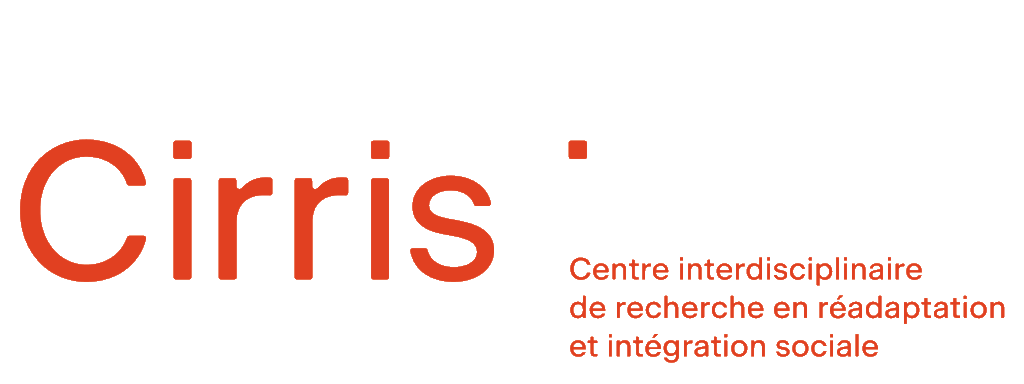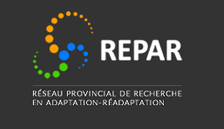What can be done to ensure that a partnership is beneficial to all stakeholders ?
François Routhier, Prof. Université Laval, Researcher at Cirris.
Two ways to ensure a successful partnership for all parties are reported.
Subtitles available
LSQ Version - Quebec sign language
Share





